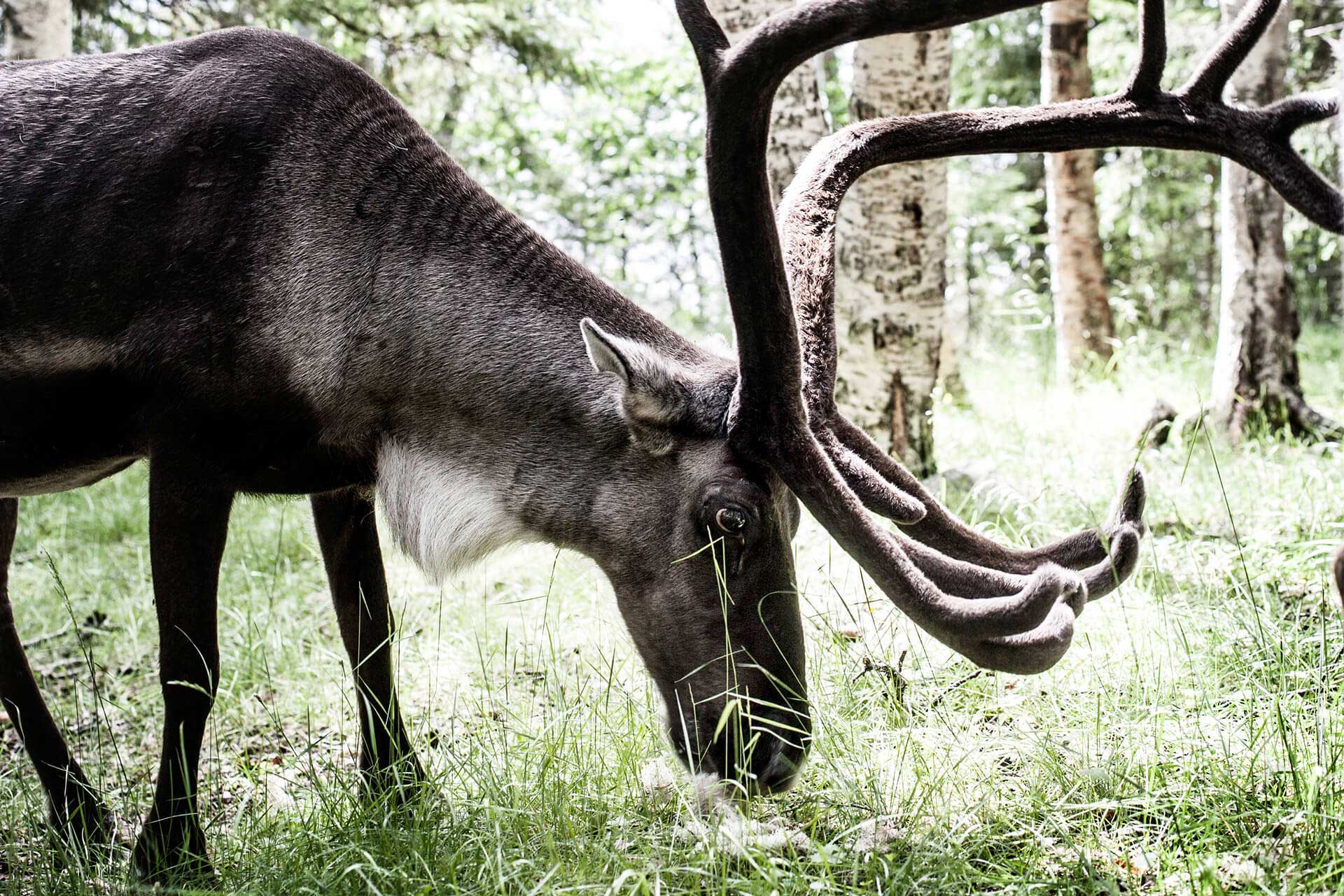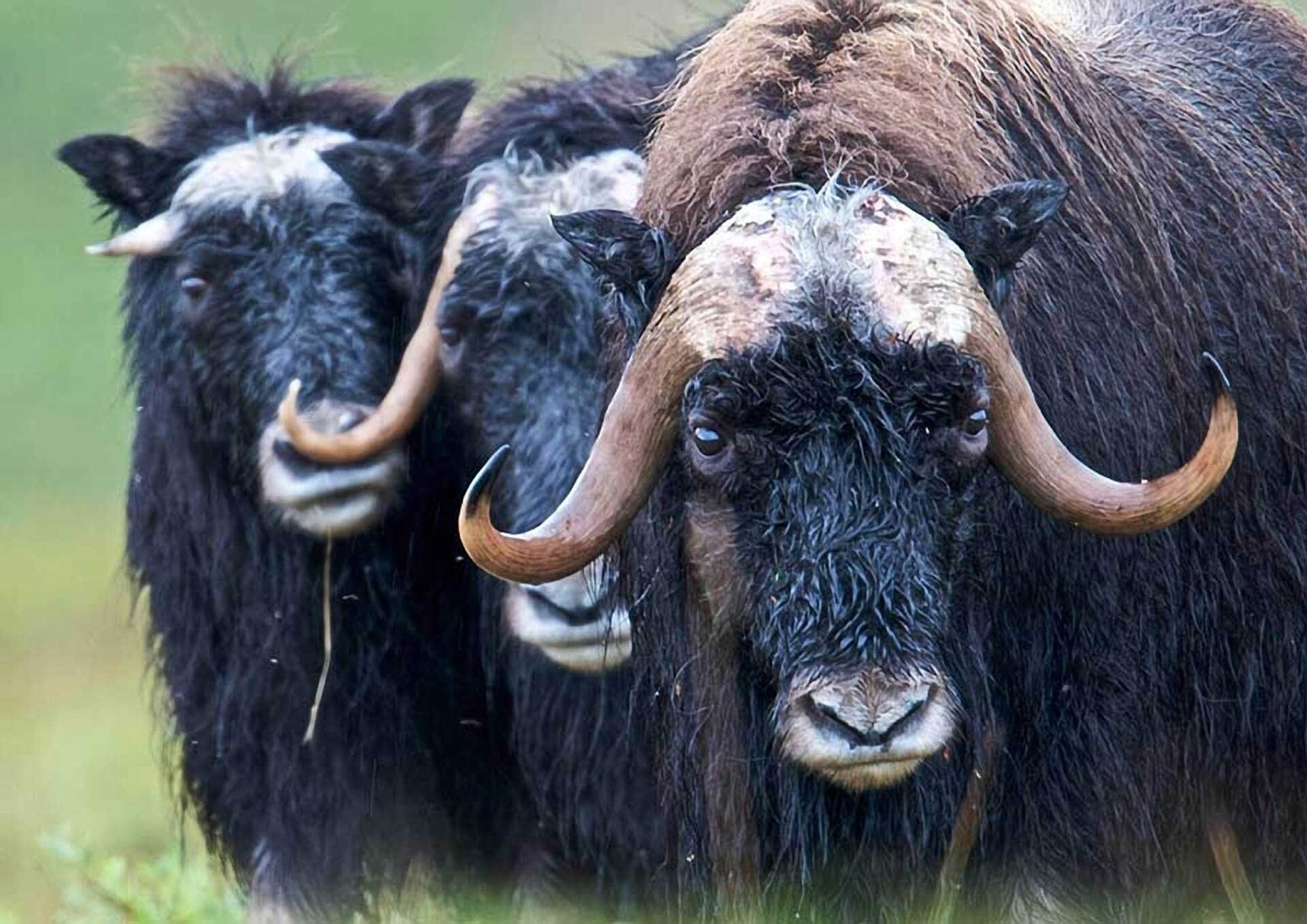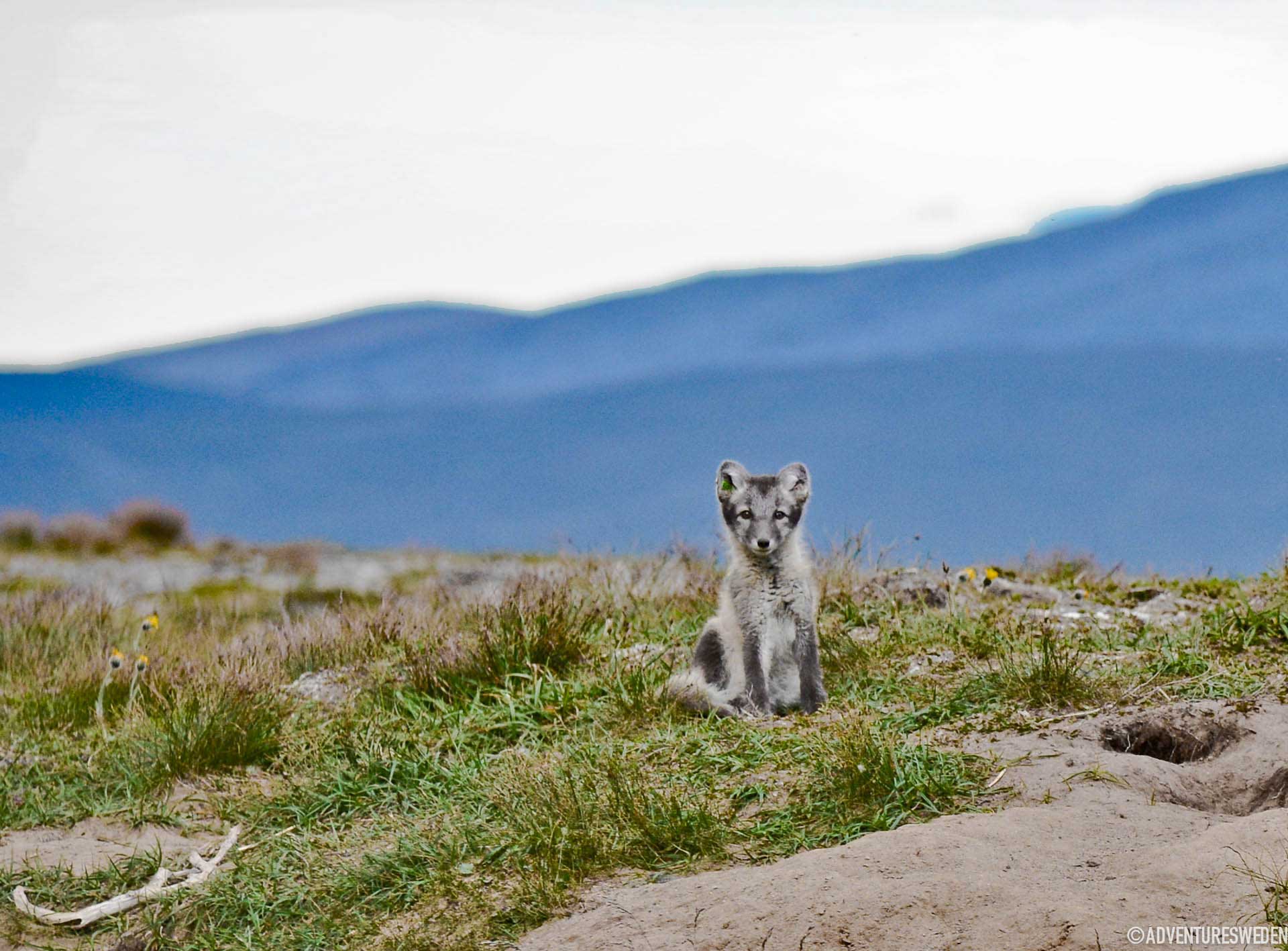Jämtland Härjedalen is one of Sweden’s most densely populated regions in terms of Scandinavian predators – if you are up for an unforgettable game viewing expedition and are eager to meet the wild animals in Sweden, this is the place to go.

Jämtland Härjedalen is the home to vast, unexploited areas where predators not only live, but thrive. The vast highlands of Jämtland Härjedalen ranges with rich stocks of Ptarmigan and ancient forests, where Capercaillie and Black grouse serenade with their love songs. Pine clad sandy slopes, where the Scandinavian moose, stride regally, drinking from the same waters where the beaver swims. Whether you prefer to meet these animals through the lens of a camera by yourself, or join an expedition, the opportunities to meet wild Swedish animals abound in Jämtland Härjedalen.
The King of the Forests is one of the animals in Sweden that carries somewhat of a celebrity status. Moose safari’s are carried out in the mating season (late summer/early autumn) every year and guided tours can be arranged in numerous destinations. By mimicking the mating call one can attract a moose, often resulting in a close encounter with the majestic beasts. Guaranteed moose encounters can be arranged at the moose farm in Orrviken.
Reindeers have a coat with hollow fibres, specially designed to keep them warm during the harsh arctic winters. Males can weigh up to 150 kg’s and females between 60-90 kg’s. The male’s majestic horns are used mostly to impress females but also in clashes for territory. Reindeers are flock animals and their legs make a unique clicking sound when they run, possibly as a means of keeping contact in the mountains under poor visibility.
Today there are no wild reindeer in Sweden and every reindeer you encounter in the mountains or forests are owned by one of the 12 Sami settlements in Jämtland Härjedalen. Despite the fact that reindeer are semi tame, they are by no means comfortable with human contact. Keep a respectable distance from the animals and always keep your dogs on a leash. Particularly in May when it’s calving season and the animals can be extra sensitive.
The brown bear is predator number one among Swedish animals. One of the greatest nature based experiences you can ever experience is to sit in a hide in May and wait for a bear to emerge from their den after hibernation. Jämtland Härjedalen has an established population of bear and guided tours are arranged to track bears. There are even opportunities to stay over in a comfortable cabin specifically built for watching and photographing bears in Lofsdalen and Landön.
If you are in a bus or car, simply relax and remember how lucky you are to see Sweden’s largest predator.
If you see a cub, resist the urge to approach it or try to take photos – the protective mother will be close by and may not understand your friendly intentions!
If you are camping, don’t leave food waste around your campsite. Bears have a keen sense of smell and it is important that Sweden’s bears remain shy and wild – associating the presence of humans with food would be catastrophic for Swedish bears and potentially dangerous for campers.
If you are picking berries there may be a slim chance of meeting a bear (as the bears love berries too!). Chances are great however that they will have heard or smelt you and decided to leave long before you arrive. If not, talk loudly to show your presence and leave the area slowly.
– If you find a bear resting or perhaps eating a kill, it is very important that the bear does not perceive you as a threat to its food. Stand as tall as you can, speak loudly and retrace your steps slowly. Do not run.
Almost all dangerous incidents with bears happen with wounded animals. Like any animal, fear and pain will make it aggressive. If the bear starts to come towards you, then it has perceived your presence as a threat. Talk loudly and leave slowly, but do not hit or threaten the bear, and do not run.
If the unlikely happens and you are attacked, try to distract the bear by placing an object (a rucksack or fishing equipment) between you and the animal. If this fails, lie down on the ground face down on your stomach. Cover your neck with your hands and protect your head, and “play dead”. Making yourself as small as you can and behaving as passively as possible will help to persuade the bear that you are not a threat.
The beaver was once a critically endangered animal in Sweden but thanks to conservation efforts the beaver today has a stable population. The best way to view a beaver is to silently paddle along in a canoe or kayak in places like Dammån, to keep a watch out for beavers in their natural surrounds. Beaver safari’s are arranged and knowledgeable guides are happy to partake information about the busy animals lives.
The largest feline in Sweden is the regal lynx/bobcat, the shy animals are hard to see in Jämtland Härjedalen. The wolverine is a spectacular predator with its huge paws and special style as it makes its way through the terrain. If you are lucky you may catch a glimpse of the wolverine from a hideout.

The only wild population of the prehistoric Musk Ox in Sweden is found in Härjedalen, 10km from Tännäs. These animals trace their roots back to 5 individuals that wandered over the mountains from Norway and made Sweden their home. The Musk Ox have over thousands of years, adapted to the various ice ages and climate changes and the world’s first Musk Ox centre in Tännäs allows guests to view these animals close up and learn more about the prehistoric and moody beasts.

The Artic Fox is a critically endangered animal but Jämtland Härjedalen proudly boasts the largest population of Arctic Fox in Scandinavia. These shy creatures thrive in the mountains and populations rise and fall, depending on the lemming population, their favourite food. In leaner years, the foxes eat berries, small animals, insects and other vegetation. They weigh between 3-8 kg’s and are the size of a medium sized dog. Their coats are brown-grey in the summer and change to completely white in the winter in order to blend into their surroundings. The Helags STF Fjälltation organises Arctic Fox safaris for guests wishing to see these endangered animals.
Bird Watching
There are over 250 bird species that have been spotted in Jämtland Härjedalen and vary from forests to fells to birds of prey, including owls and the region’s national bird, the Hawk Owl. Bird watching in Jämtland Härjedalen is rewarding and provides visitors the chance to spot and admire numerous species of birds and raptors, often at close quarters. Game viewing specialists can arrange the best places to visit in order for the best possible chance at viewing some of the incredible wildlife, alternatively head to Ånnsjön, Storsjö and Mattmartjärn which are renown for their bird life offering excellent conditions for extraordinary natural experiences.